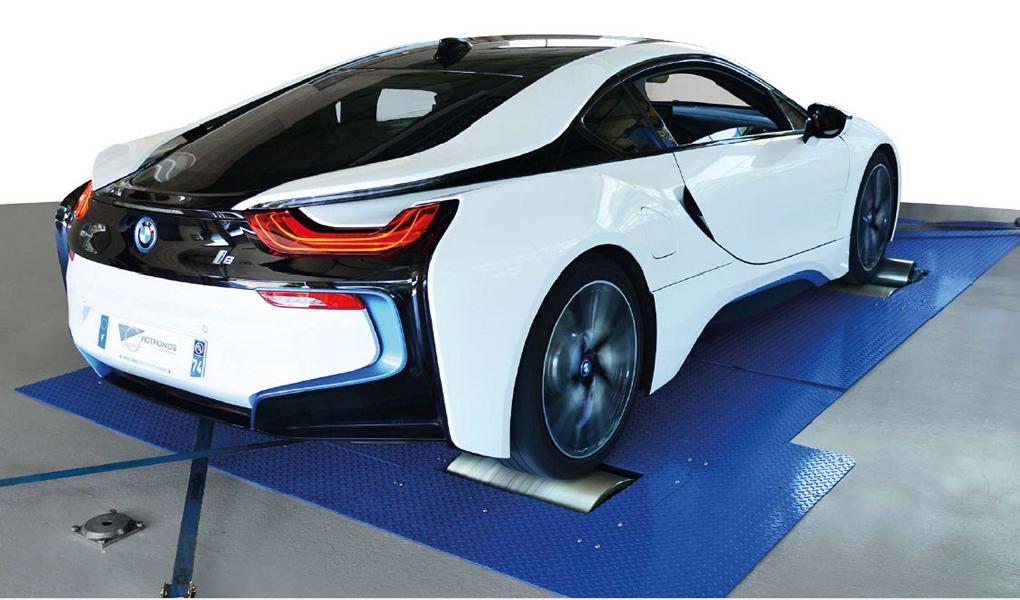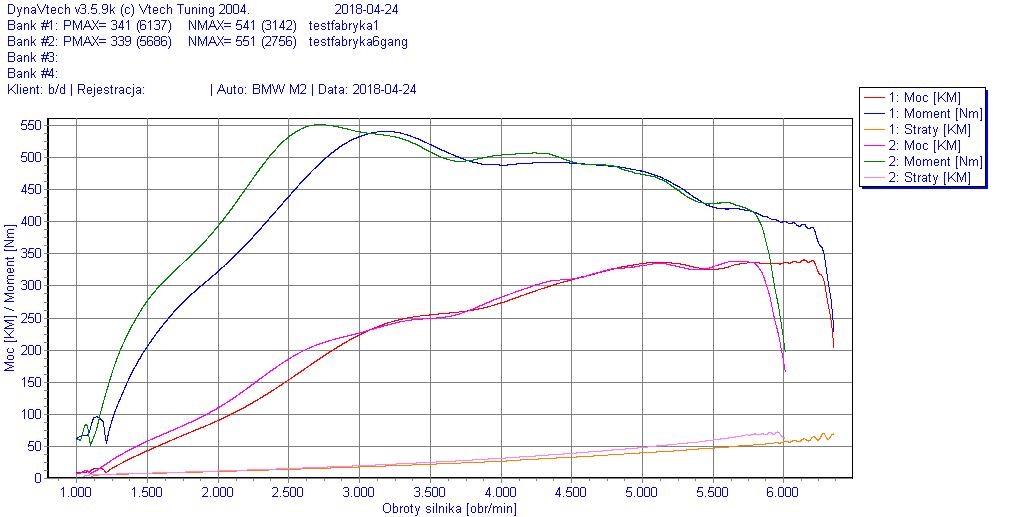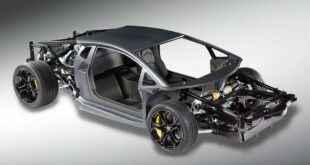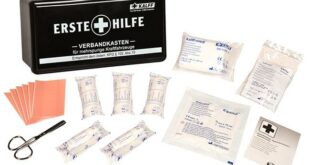The power loss: With a conventional power measurement by means of eddy current brakes on the test bench, due to the measuring principle, only the power is displayed that is actually directly at the measuring point, so on the Eddy current brake arrives. In the vehicle documents, however, is always from the Power the talk, which is of course much bigger, because on the way from the engine to the road or from the test bench to the force transducer, various factors such as Transmission losses, Cardan losses, Differential gear losses or Rollover losses between the wheel and the road or between the wheel and castors to support the actual performance to reduce. In addition, losses in the Roller bearings and Eddy current brake cooling lead to performance losses. Those skilled in the art call these losses Loss or drag bezeichnet.
Tip: Our calculator can be used to roughly calculate the power loss / drag power.
How is the engine power determined?
The engine power is determined by the Power loss and the wheel power are added will. Three variants are currently used to calculate the power loss. The simplest variant is the flat-rate calculation, which uses a flat-rate value of about 20 percent added to the measured wheel power. Since the distance between wheel power and engine power, however not coincides at all speeds, the flat rate calculation is correct inaccurate. Numerous field reports show that the power loss increases at high speeds.
For a more precise calculation, the towing capacity when coasting, determined directly after measuring the wheel performance. With this measurement, when the maximum speed is reached the coupling stepped so that the test bench can calculate the drag torque while the wheel speed is falling. The calculated value corresponds to nearly the power that goes from the clutch to the wheels get lost, however, this calculation is also not completely accuratebecause the power that the test bench consumes not included is.
However, exact values can be measured by means of a method which is used by the AHS testing technology was developed. And this process has even been patented and is called active power dissipation bezeichnet.
The procedure in detail:
The procedure developed by AHS-Prüftechnik assumes that the power loss on the test bench at a given speed remains constantregardless of whether the vehicle is through the own Motor or by a external Motor is driven. When testing, the roll set from an electric motor driven. The torque of the mechanically attached electric motor acts on you DMS force transducer. The mechanical power output can be determined via the measured speed can be calculated. The power delivered by the electric motor is used to cover the losses that would normally also have to be overcome by the vehicle engine.
If the measured wheel power and the measured power loss at the same speed are added, this results in the existing one Power. In order to be able to determine exact values, as many measuring points as possible for the wheel and power loss must be recorded over a certain speed or speed range. In practice, however, a few measuring points are sufficient for the calculation. The intermediate values can be obtained by interpolation.
The towing performance
A Part of the power loss of the motor or the vehicle drive, which is determined on the test bench. The engine towing power is thereby directly on the engine test bench and that of the powertrain on one Roller dynamometer determined. The engine must always be on beforehand Operating temperature to be brought. The engine is driven externally on the test bench in order to be able to measure the required torque. The flow Frictional losses from the engine to the clutch, with the drag power of the drive train always in the disengaged state is determined. The corresponding friction losses behind the clutch via the gearbox, the cardan shaft, the drive chain, the differential and the hub drive are included here.
We hope that you have received our information report on the topic / term Power loss / drag power (further designations / keywords are: active power loss) from the Autotuning category. Our goal is to have the largest German-speaking tuning lexicon (Tuning Wikipedia) and to explain tuning technical terms from A to Z easily and understandably. We are therefore expanding this lexicon almost daily and you can see how far we have already come HERE see. And soon the next one will be Tuning scene concept illuminated by us. There's a theme that not can be found in our Wikipedia? Then send us an email at kontakt@tuningblog.eu and gives us the term. We will write a suitable article as soon as possible. PS. By the way, you will be informed about new topics if you have ours Feed subscriber.
Below are a few examples from our tuning lexicon:
But of course tuningblog has countless other articles on the subject of cars & car tuning in stock. Do you want to see them all? Just click HERE and look around. We would also like to provide you with news aside from the tuning. In our category Tips, products, information & Co we pick up contributions from car or accessory manufacturers. And also our category Test sites, laws, offenses, information has almost daily new information for you. Here are a few topics from our tuning wiki:
"Tuningblog.eu" - we keep you up to date on the subject of car tuning and car styling with our tuning magazine and we present you the latest tuned vehicles from all over the world every day. It's best to subscribe to ours Feed and will automatically be informed as soon as there is something new about this post, and of course also to all other contributions.
 tuningblog.eu Your magazine about tuning the car
tuningblog.eu Your magazine about tuning the car





